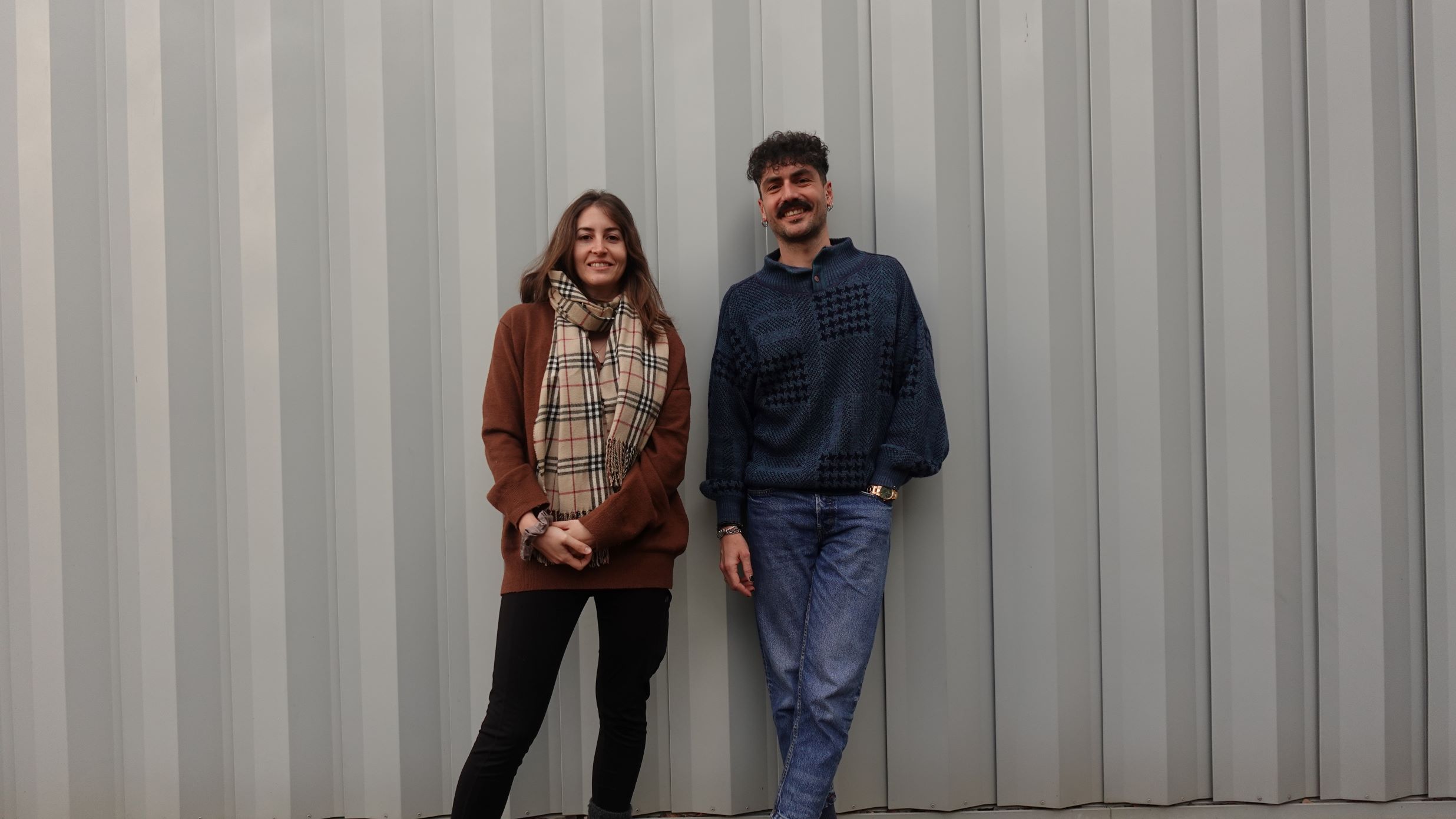
A team of researchers from the University of Zaragoza has developed an innovative digital tool that combines physical models and artificial intelligence techniques to improve the monitoring of prostate cancer, the most common type of cancer in men.
Current methods for monitoring prostate cancer are mainly based on measuring the levels of a substance called PSA in the blood. However, they often fail to detect whether the tumour is growing. To improve this situation, a research team at the I3A (Aragon Engineering Research Institute) at the University of Zaragoza has developed a computer tool that reconstructs how the tumour grows over time using an initial MRI scan and PSA data. This tool combines physical models, which represent tumour growth and how PSA passes from the tumour into the blood according to the vascularisation of the patient's prostate, with artificial intelligence techniques that learn to reproduce the tumour growth dynamics for each patient.
Thanks to this combination, researchers can tailor tumour growth to each individual patient, taking into account both blood tests and other factors in the body represented in a 3D model.
Their work has been published in Nature's journal NPJ Digital Medicine, in a scientific article entitled ‘Physics-informed machine learning digital twin for reconstructing prostate cancer tumour growth via PSA tests’. Written by Daniel Camacho-Gómez, Carlos Borau, José Manuel García-Aznar, María José Gómez-Benito, Mark Girolami and María Ángeles Pérez, from the M2BE (Multiscale in Mechanical and Biological Engineering) research group.
This tool has already been tested on real patients for more than two and a half years, and the error rate in tumour size calculation was very low, between 0.8% and 12.28%.
In addition, they have discovered that, in some cases, the tumour can grow without a significant increase in PSA levels, which would not be detected using traditional methods. For this reason, the researchers believe that the tool they have created represents a promising option for improving prostate cancer monitoring and moving towards more personalised control of the disease.
In this regard, they point out that by providing a clearer understanding of tumour growth trends from PSA blood tests, the digital twin can guide doctors in determining the optimal time to perform additional diagnostic actions such as a biopsy.
The focus of this line of research contributes to more personalised care protocols, as it allows the identification of patients with ‘hidden’ tumour growth where PSA levels remain stable despite tumour development.
Access to the research article:
https://www.nature.com/articles/s41746-025-01890-x
Photograph: María Ángeles Pérez Ansón, Carlos Borau, Daniel Camacho y José Manuel García-Aznar.




